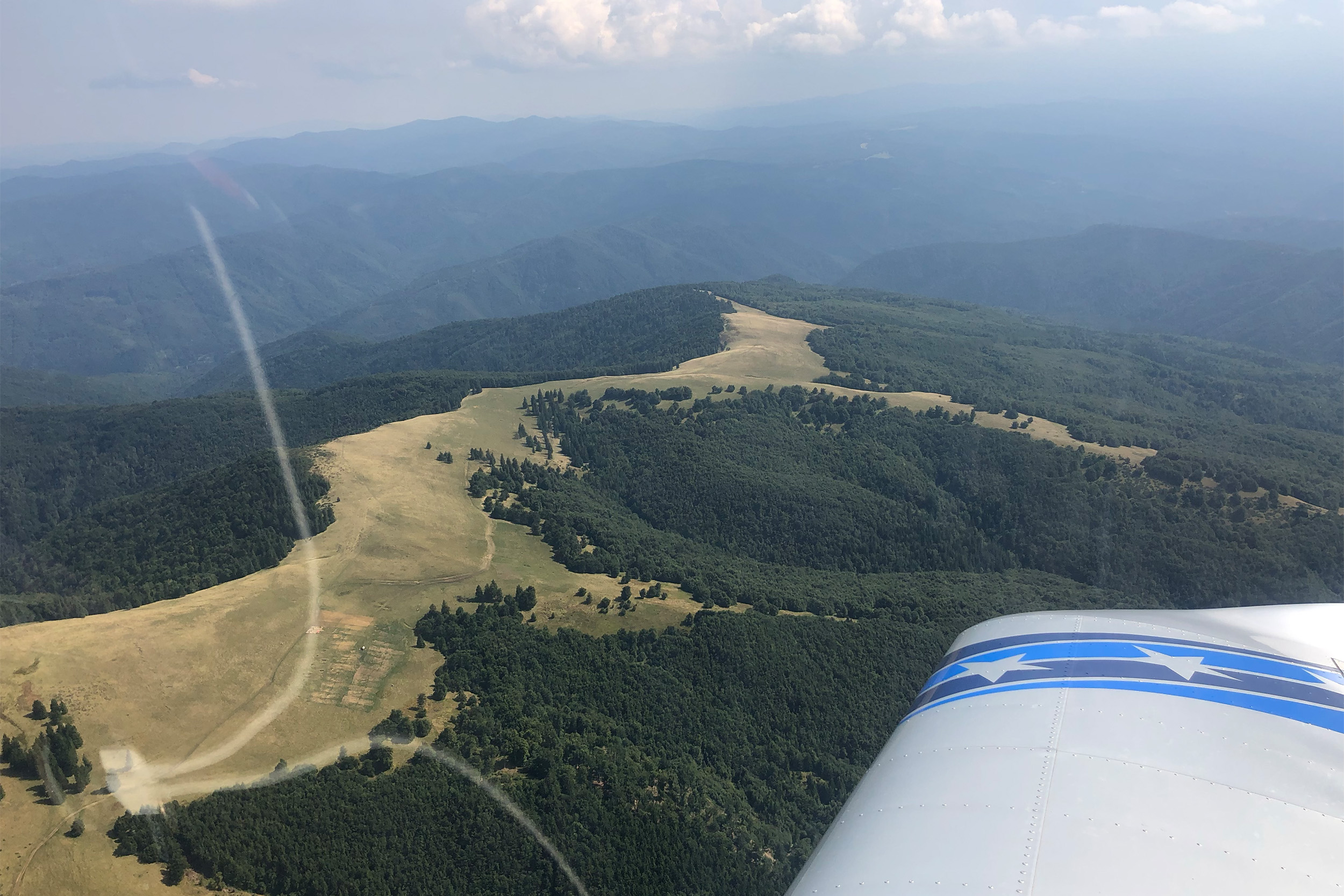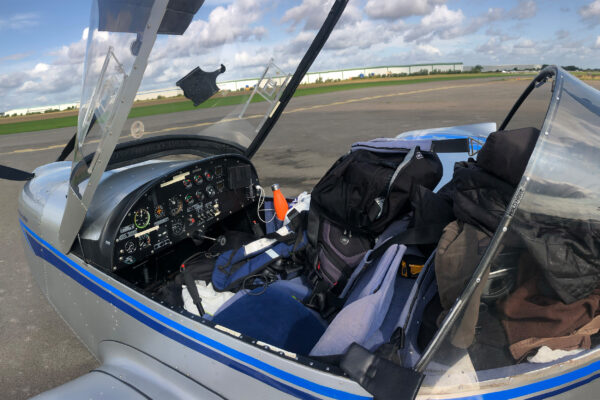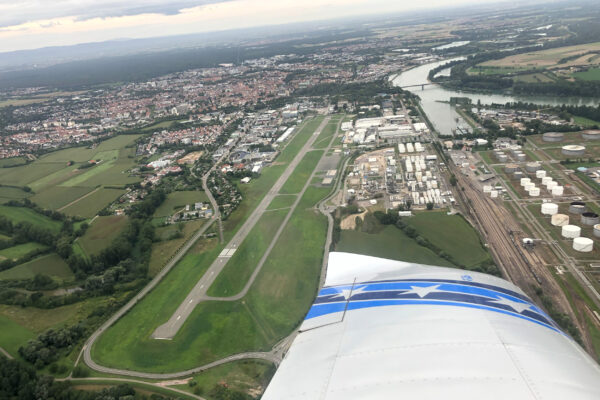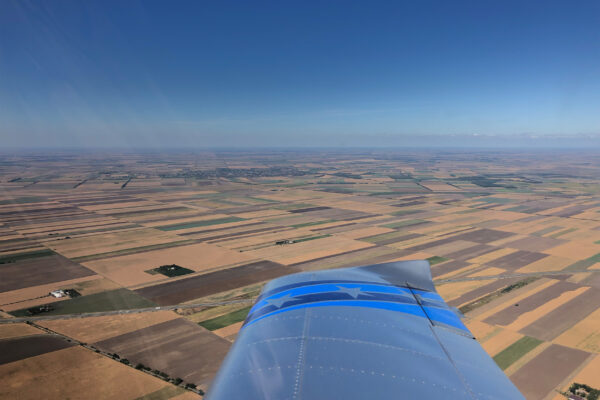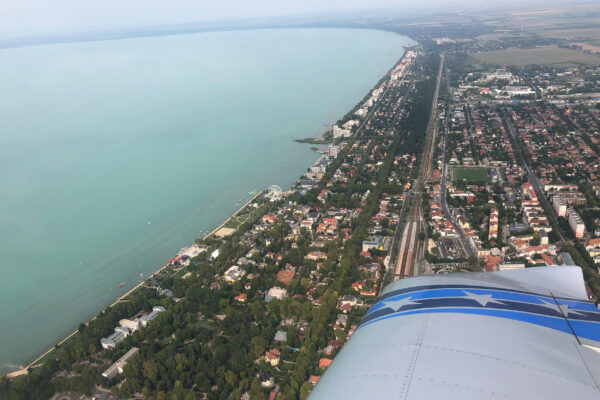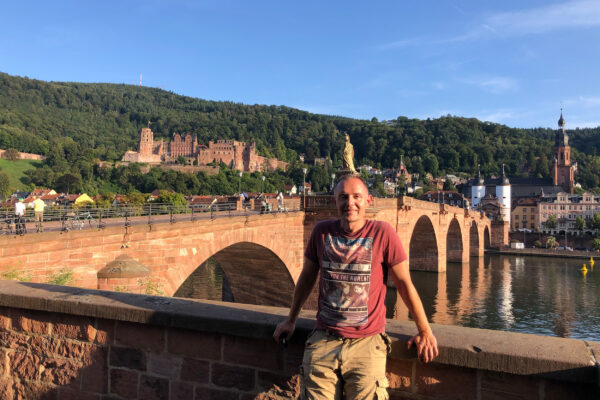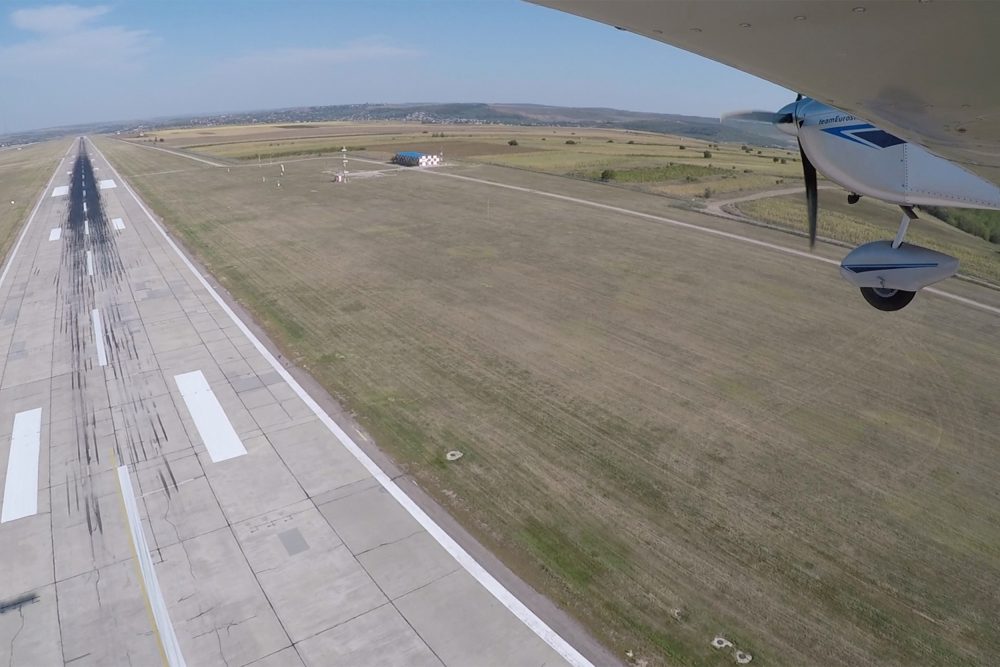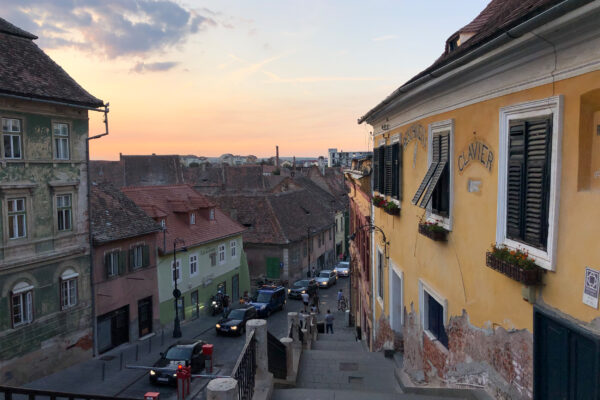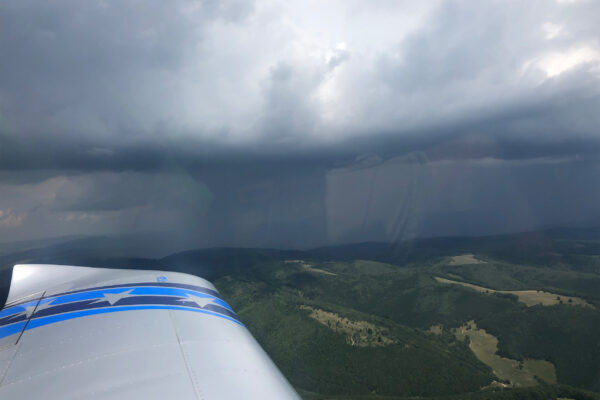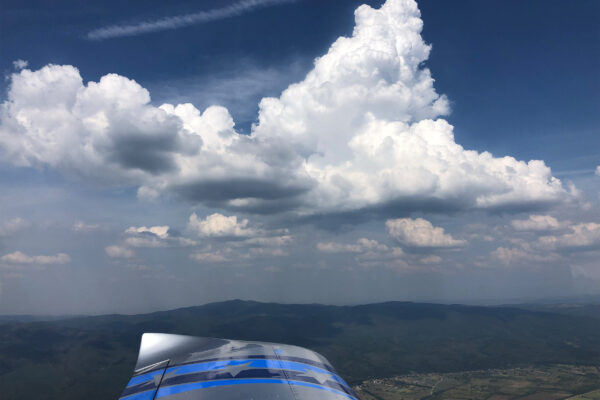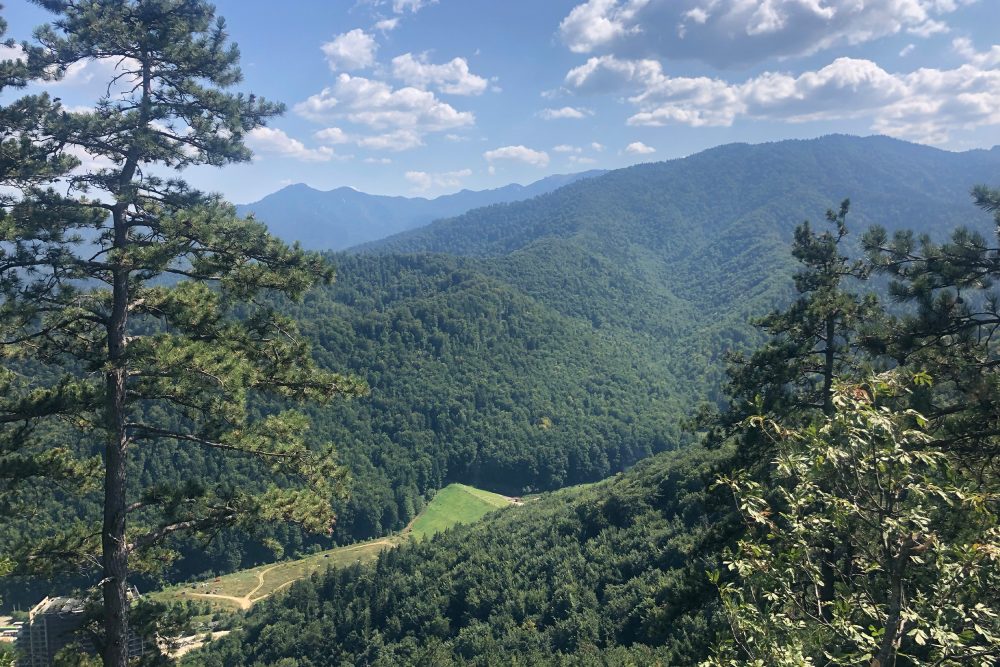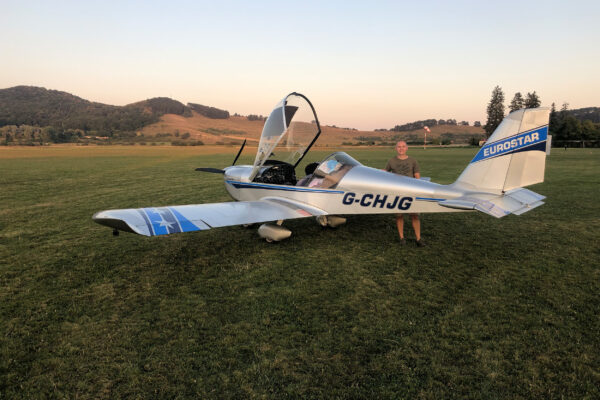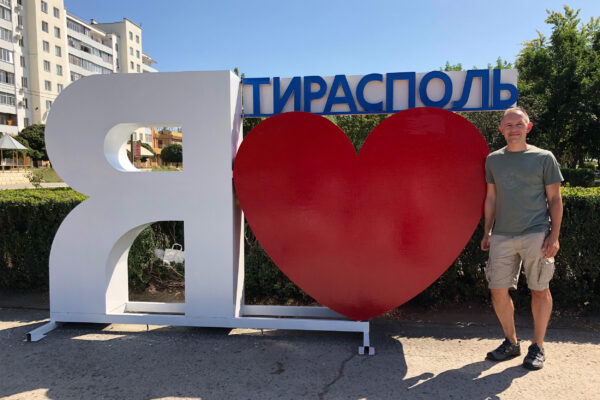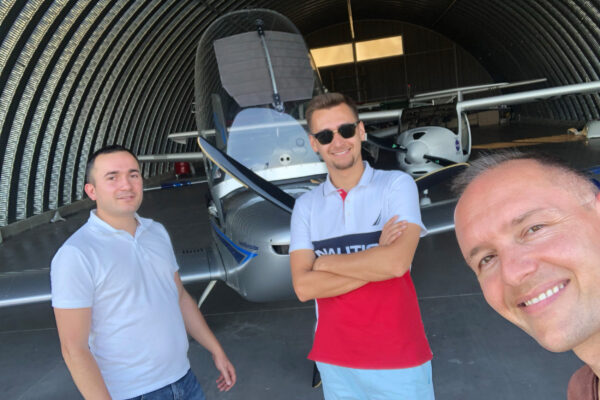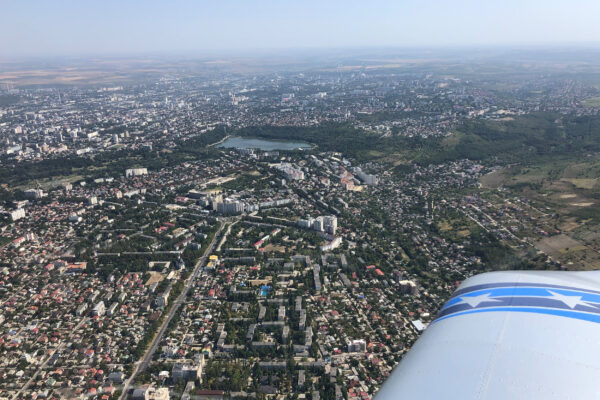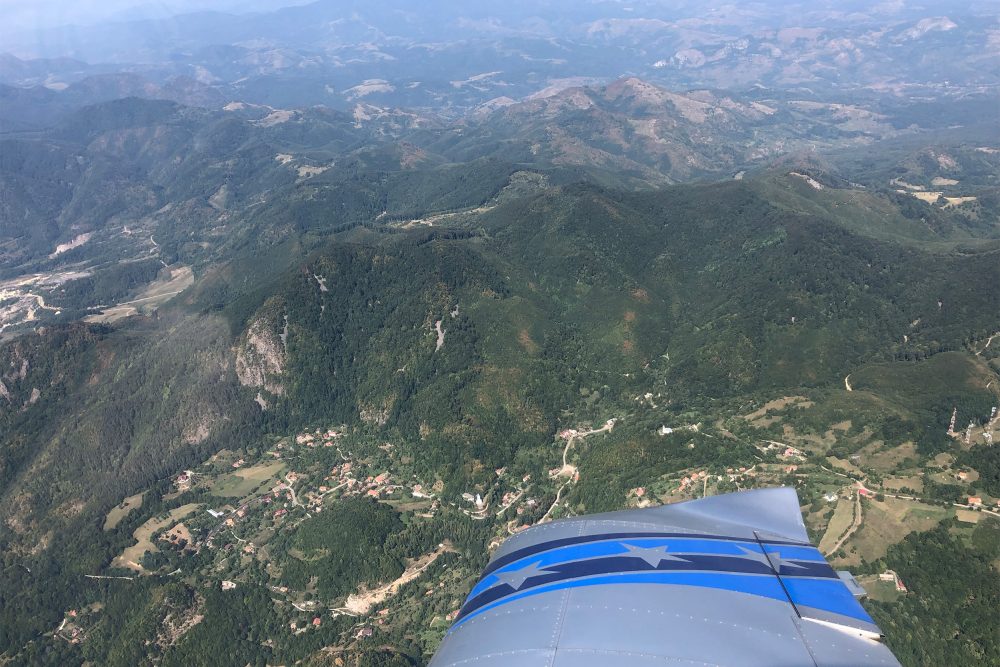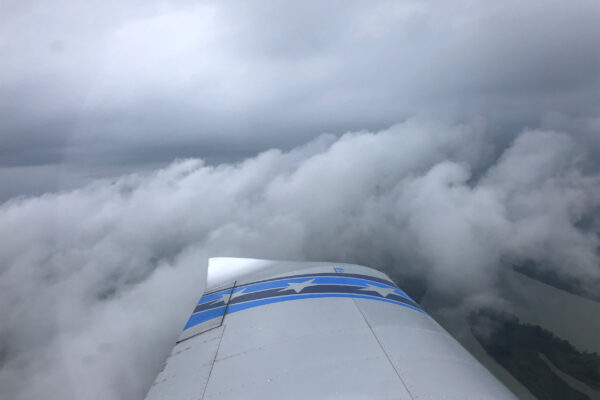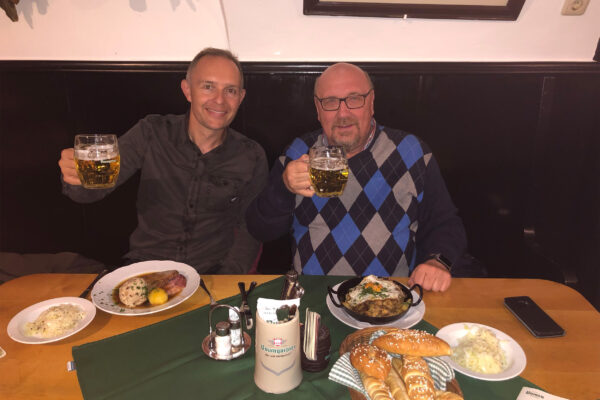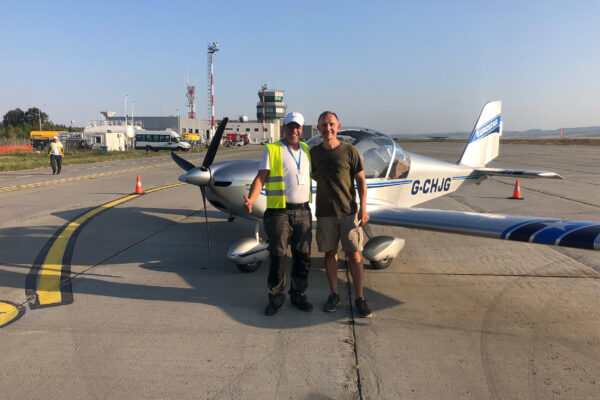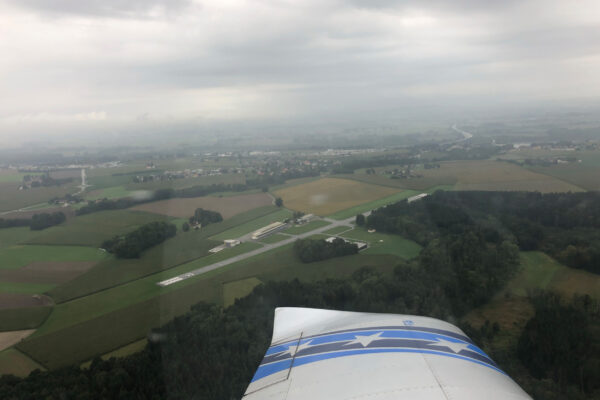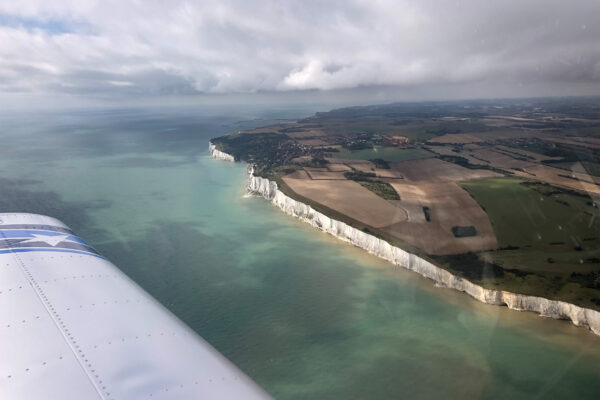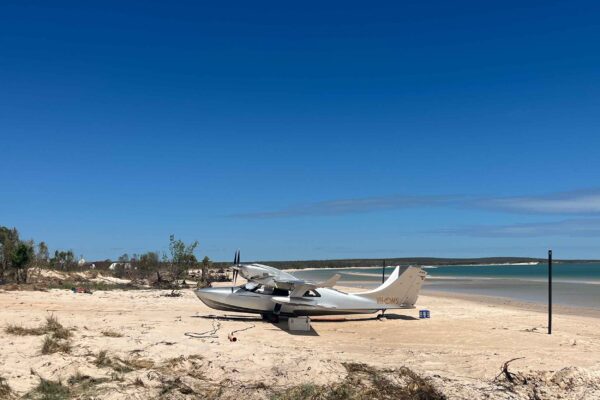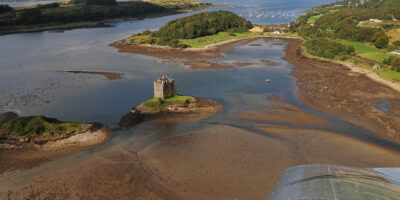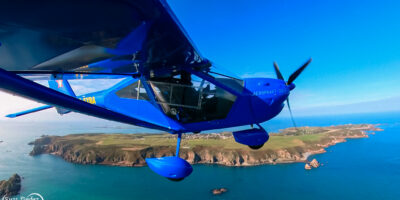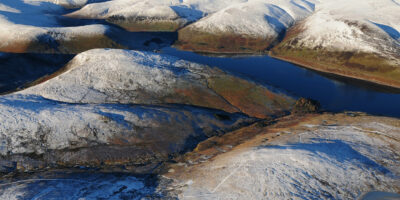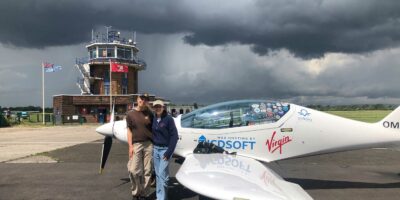“This is G-JG with flight plan – could you provide vectors to route around the military zone please?’ I ask.
A deafening silence then follows and I shift uncomfortably in my seat. They didn’t reject my flight plan, so I can’t imagine that they would make me turn around. A gentleman with a calm voice then comes on the radio.
“G-JG, turn onto heading 300 degrees.” I comply, and a minute or so passes.
“G-JG – we have spoken to the military, continue west and maintain 5,000ft,” he tells me.
I’m not sure if it’s low-level flying or rocket-firing the military is doing, but I’d rather not know.
Another ghostly silence ensues as I re-check the scrolling chart. Ahead of me is a vast area of controlled airspace 65 miles wide east to west, and 115 miles north to south. In the centre of it, Câmpia Turzii Airport sits like a sun at the centre of the universe, hosting the Romanian Air Force’s 71st air base.
For the next 20 minutes of silence, I wonder if I’m meant to call someone. Minutes away from me entering the airspace, the radio bursts into life.
“G-JG, change to NAPOC Approach on 119.680.”
I’m not far from the Romanian/Hungarian border now.
“G-JG, the wind is 12kt gusting 18kt,’ Arad tower tells me, and I spot the windsock fluttering around in the 20° crosswind.
A silvery sheen coats the shapeless and drizzling sky while I’m sheltering G-JG in the aeroclub hangar, out of the wind and rain.
17-22: Romania to England
Leaving Wels
As I fly from Arad in Romania, back through Hungary and into Austria to roll onto the familiar tarmac of the Wels Airport again, curtains of rain drape in front of me. It clears after a couple of hours and I soon believe that I’m on my way to Speyer in Germany, the weather not stymying my trip even once – so far.
My personal locator beacon is dangling around my neck, yellow and available. The weather chart shows me the weather isn’t pretty – but flyable. Twenty minutes in, the cotton wool clouds start to change into shapeless, ragged mist. It swirls gently down from the mountaintops into the green valleys below, like steam spilling over the edge of a witch’s cauldron. I look behind me to where I’ve just come from – the clouds are closing up and thickening fast. I scan for airfields.
I decide not to leave it any longer, and contact Langen Information.
“Um, G-JG is going to divert to Schärding-Suben due to the weather,’ I say.
When I call Schärding-Suben Airfield a friendly voice answers. I do a tight circuit and land in cold, drizzling rain – it’s the sort of weather that eats into your bones.
Peter Panholzer, one of the resident flyers, is manning the tower today. Not only has he found me space in the hangar, but also gives me the keys to the club ‘villa’ where I get a room, bedding and a hot shower for only €15.


